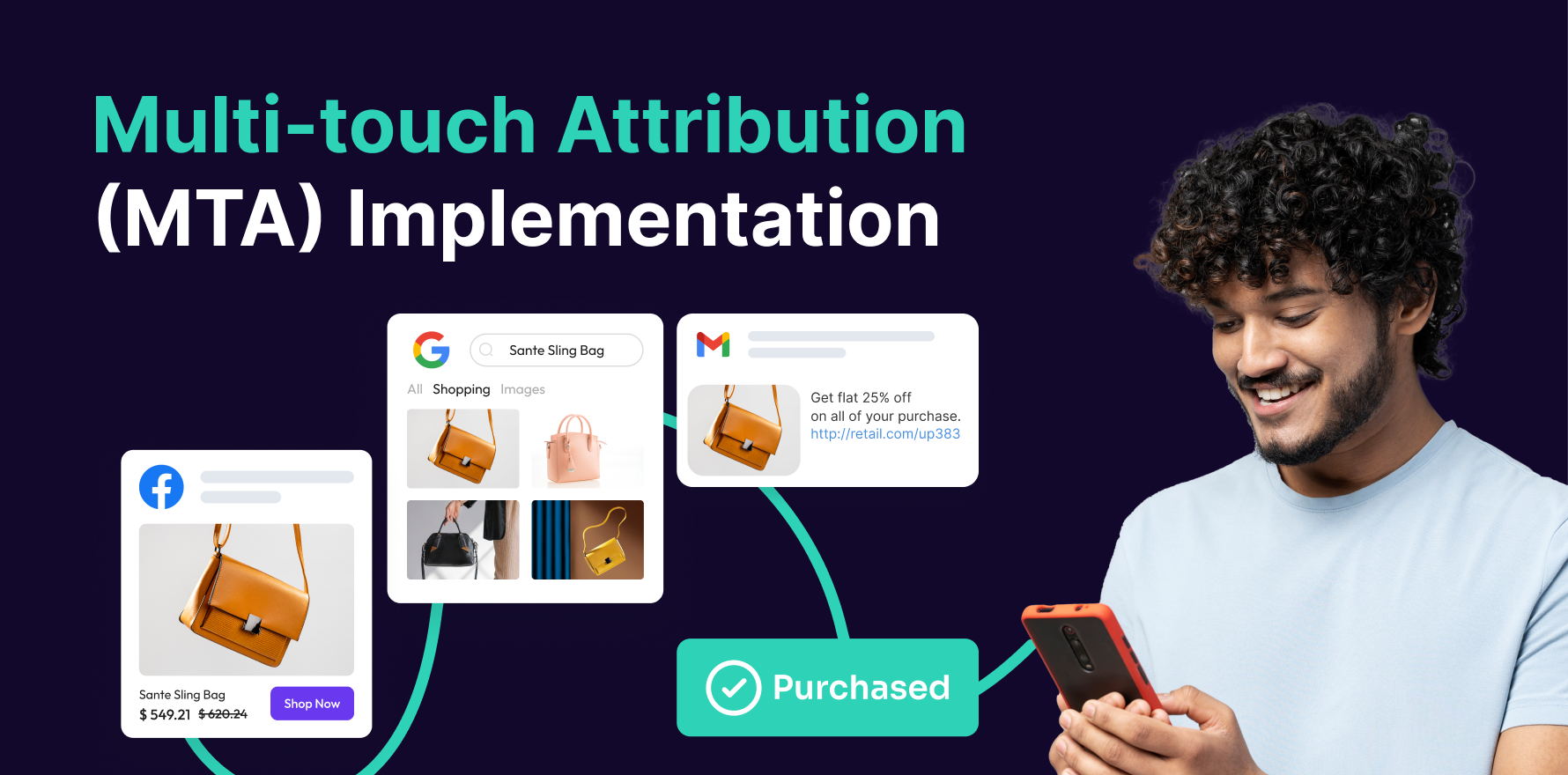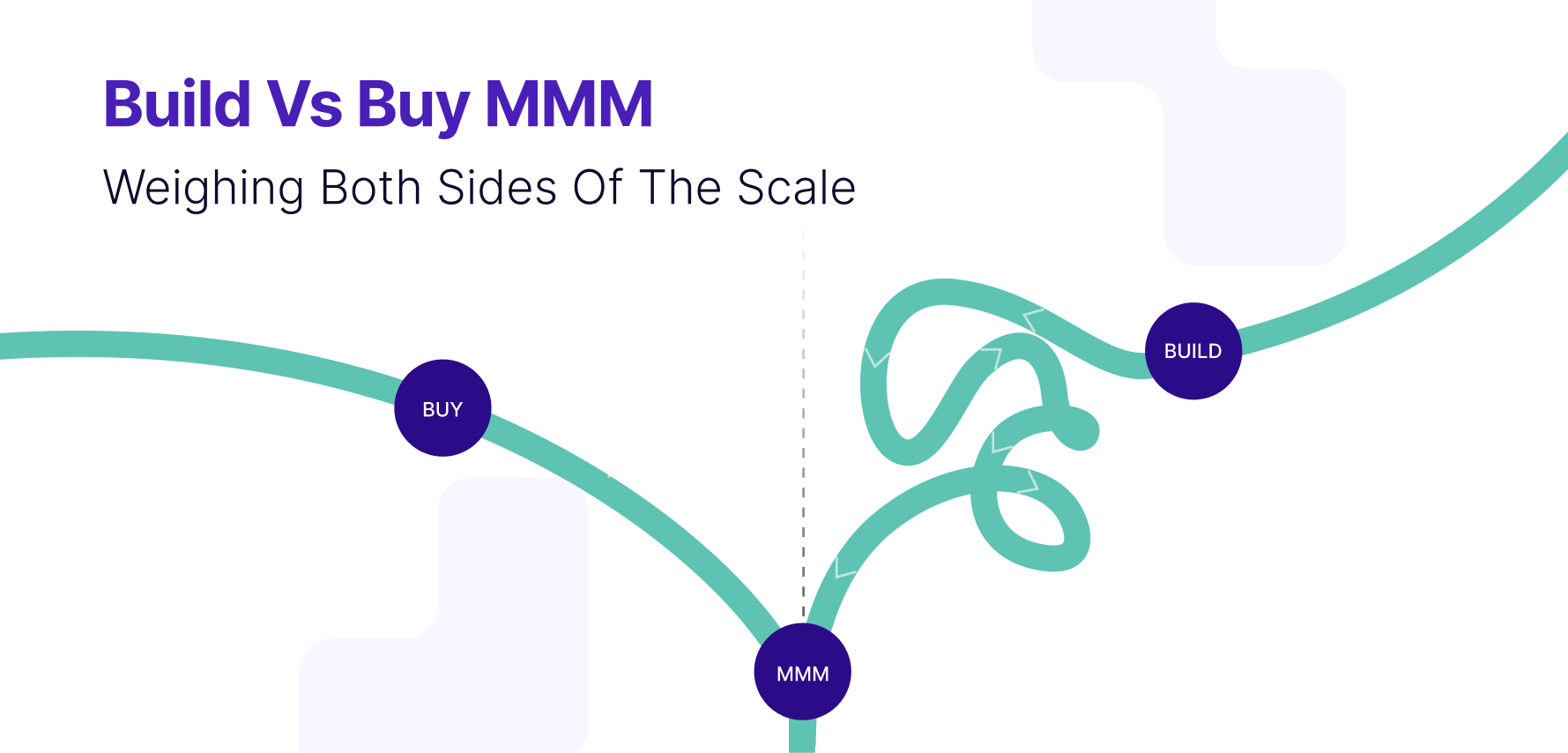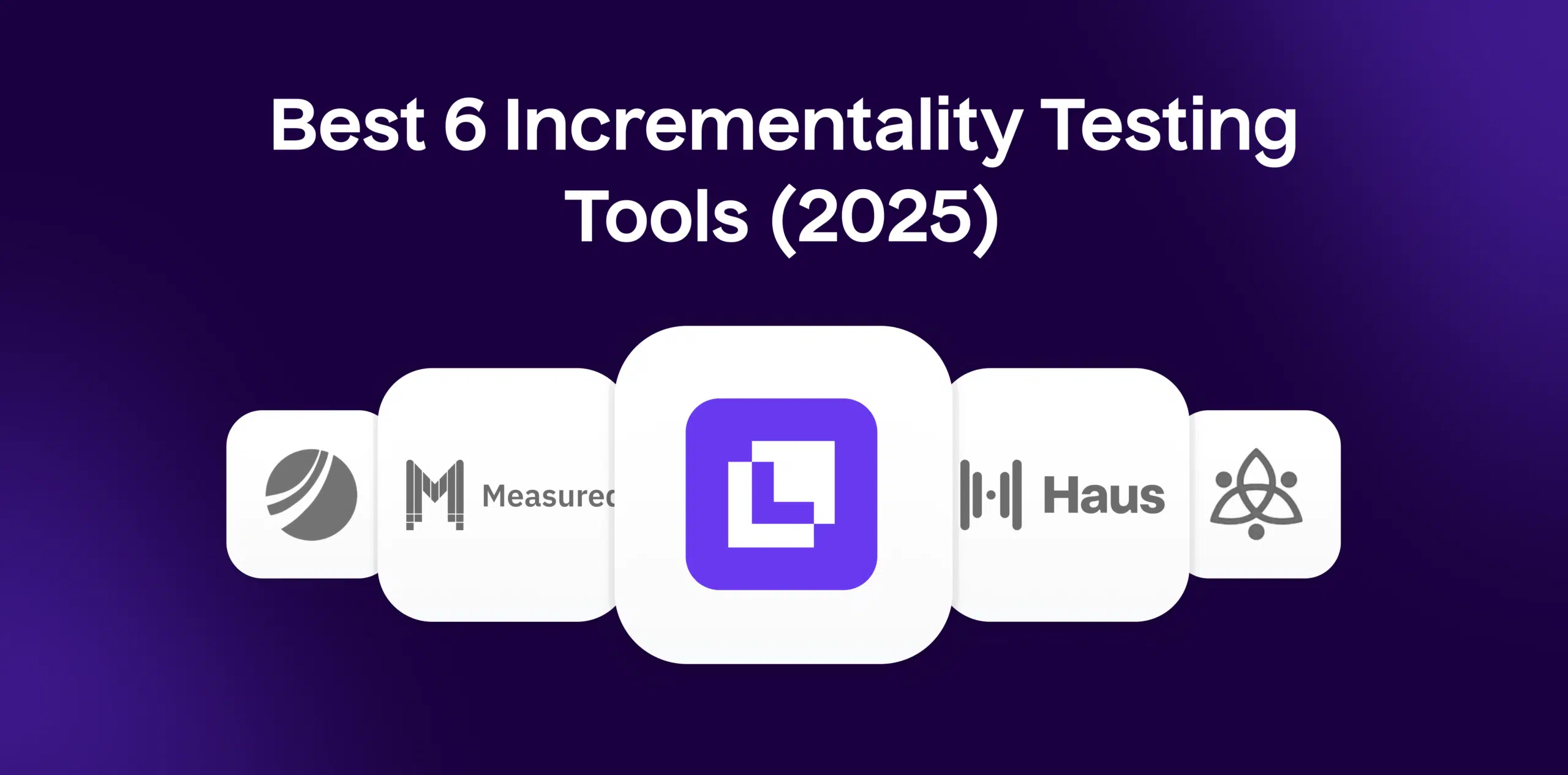What is CTOR (Click through Open Rate)?
Click Through Open Rate (CTOR) is a crucial ecommerce metric that evaluates the relevancy and engagement value of your email marketing campaigns. It gives you insight into how effectively your email messages encourage the end action – which is typically a click leading to your ecommerce website. CTOR provides a direct connection between email and sales conversions, making it an essential tool for ecommerce marketing strategy.
Formula
CTOR (Click through Open Rate) = (Unique Clicks / Unique Opens) x 100%
Example
If an email was opened 100 times, and 25 of those opens led to a click-through, your CTOR would be 25%.
Why is CTOR important?
CTOR is valuable because it reveals the effectiveness of the email content. A high CTOR suggests that your email’s body copy, images, and calls to action are drawing readers in and persuading them to take the next step, thus driving them further down the sales funnel. It directly correlates to customer engagement and conversion rates.
Which factors impact CTOR?
Several factors can impact CTOR, like sending frequency, segmentation, personalization, email design, content quality, and the time of sending the email. Trial and error, along with strategic analysis, are necessary to determine the optimal mix for your audience.
How can CTOR be improved?
Improving CTOR often involves refining your email content. This could include using compelling CTAs, personalizing the email subject lines, maintaining relevance in your email content, and optimizing for mobile devices. A/B split testing can also be useful to understand what resonates best with your audience.
What is CTOR’s relationship with other metrics?
CTOR shares an intimate relationship with other ecommerce metrics. For instance, with a higher CTOR, you can expect higher on-site time, more pages per session, better conversion rates, and lower cart abandonment rates.
Free essential resources for success
Discover more from Lifesight

























































